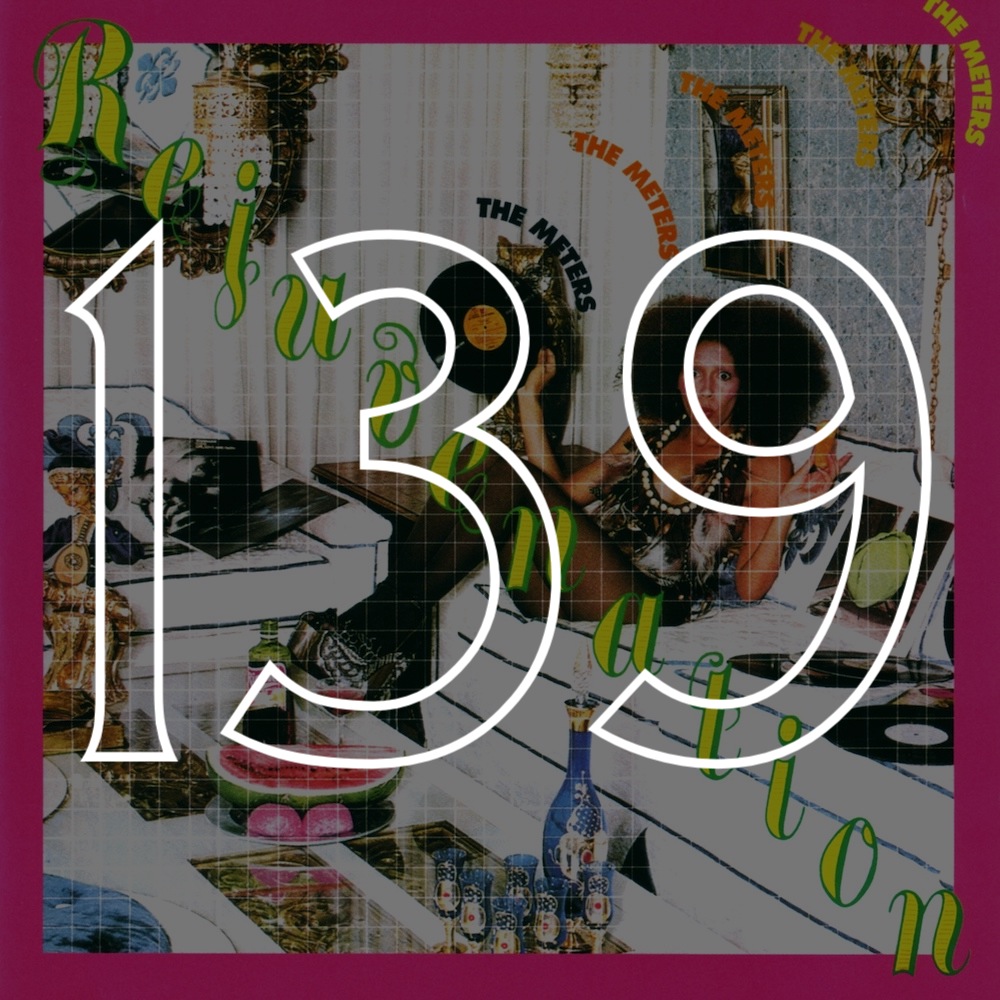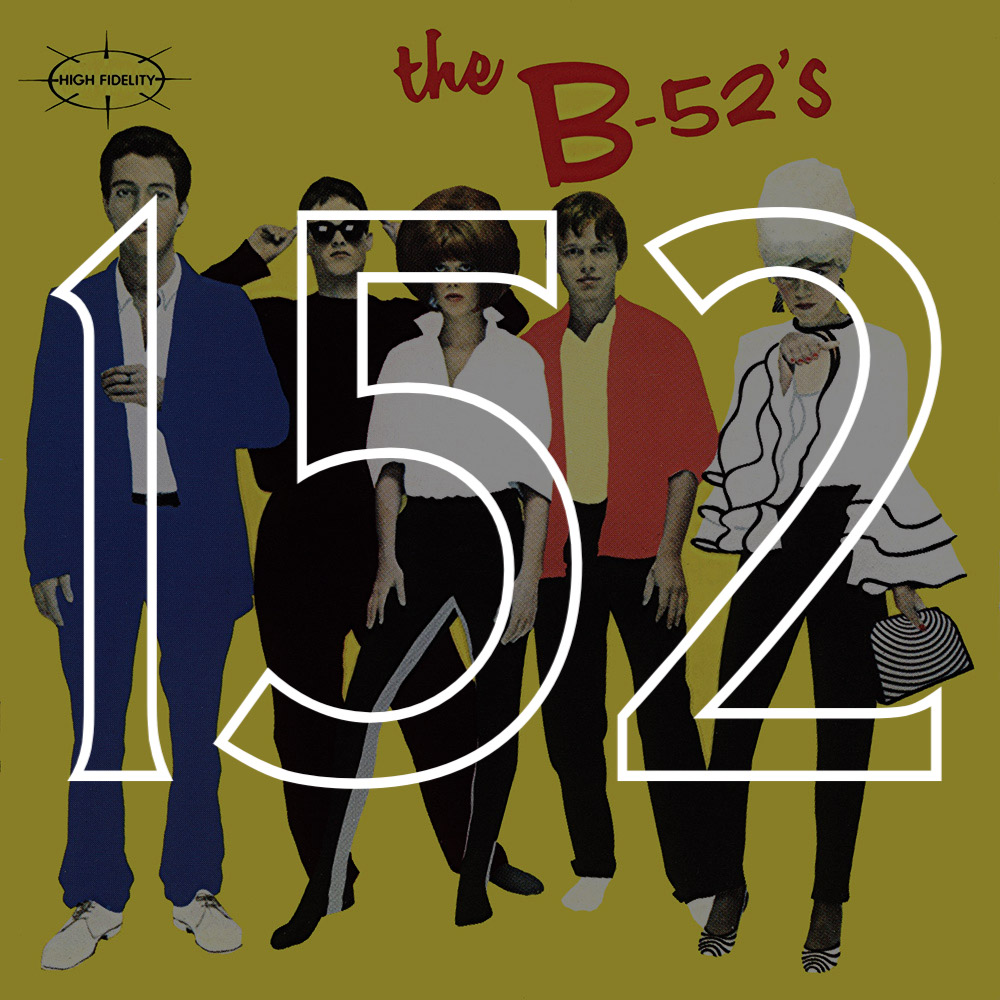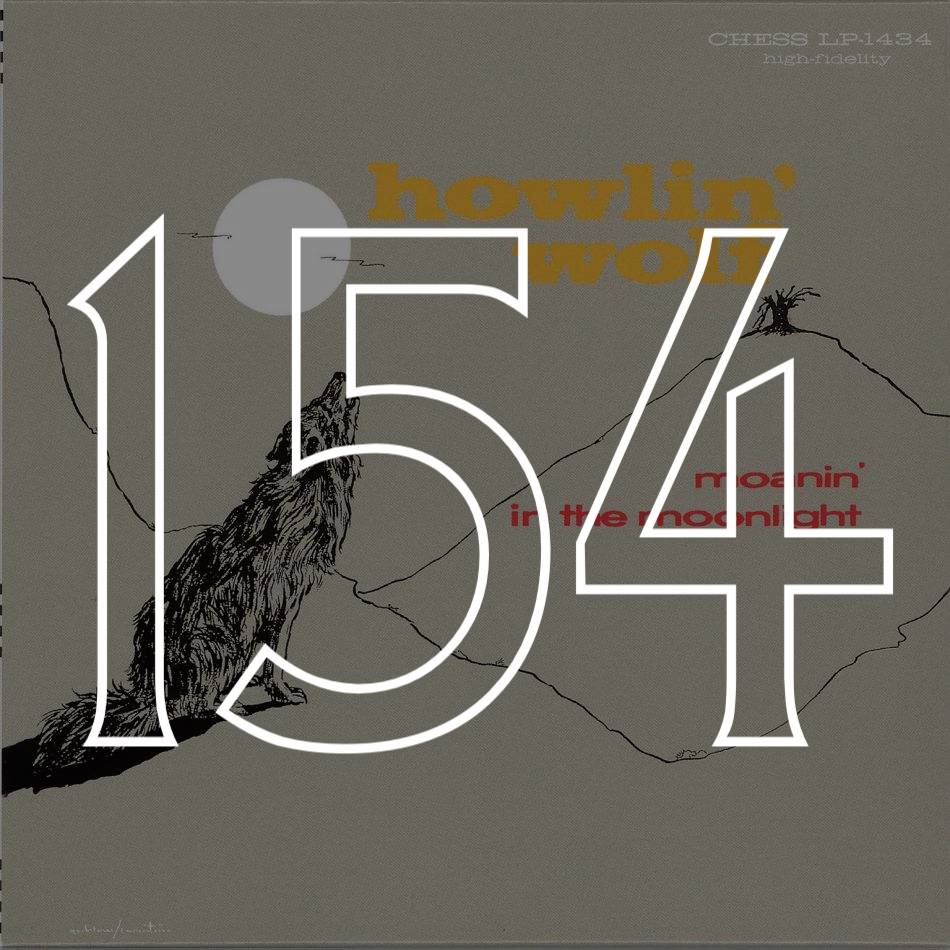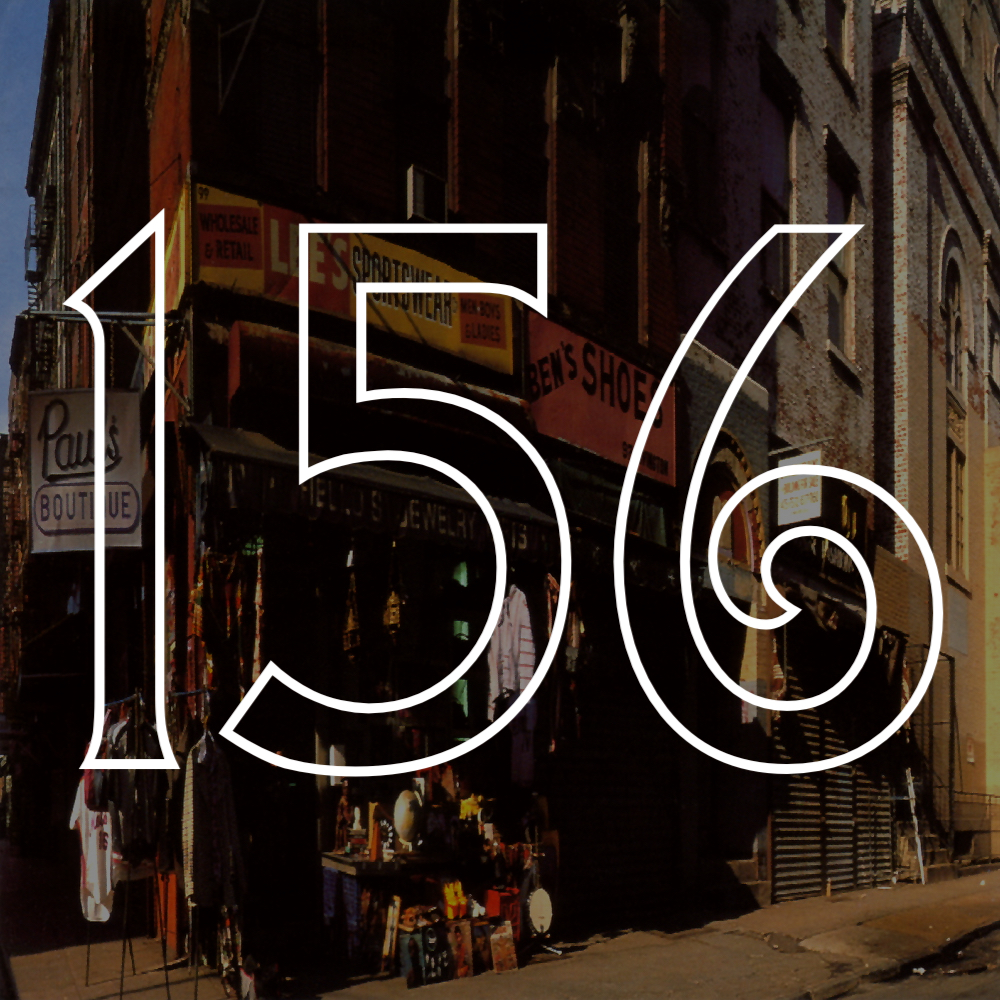Side One:
In early memories of my father, he’s crouched over his guitar. His chin juts out, his lips tuck in, his fingers dance along the instrument’s neck. When he starts to strum, he locks onto my eyes. He sings “4 +20.” He sings “Teach Your Children Well.” His steel-string voice rasps, “And so, become yourself, because the past is just a goodbye.” His eyebrows jump on the important words like yourself and goodbye.
I perch cross-legged on the kitchen counter, gazing down and drinking him in. His boat shoes tap against the linoleum. His fingers race along the tight-rope strings.
All these years later, I can still drop myself into that scene, still feel the vibrations of his beat-up Martin hammering within my bones, still hear Nash’s, and Crosby’s, and Still’s, and Young’s lyrics: hardest love songs I’ve ever been sung.
1. Carry On
One morning I woke up, and I knew you were really gone.
A new day, a new way, and new eyes to see the dawn.
Go your way—I’ll go mine and carry on.
The sky is clearing, and the night has cried enough.
The sun, he comes, the world to soften up.
Rejoice, rejoice. We have no choice but to carry on.
2. Teach Your Children
I didn’t know that, soon, my father would leave. Before I reached adolescence, he would carry his guitar and attention elsewhere—to other women in other houses in other parts of the world. He’d call me from Florida. Ohio. Sierra Leone. He’d mail me presents from his travels. Sharksteeth. Arrowheads. Gemstones. Once, he sent me a package of smoked salmon he’d caught himself after climbing a glacier in Alaska. I saved these things (except for the smoked salmon) in an old cigar box. I still have them today.
Once a week or so, I’d open the box and breathe him in. I’d trace circles on each treasure with my fingers. I’d hold them in my palms. The arrowheads smelled like his hands after a day of working in the garage: metal, earth, salt. When I had inhaled as much of him as I could bear, I’d put everything back in the cigar box, in the same order I’d taken it out. I’d close the box tight, not wanting the himness to waft away.
Every once in a while, I’d have the chance to see my father in the flesh—hollow voice and boxes transformed to real, live man in pick-up truck, rumbling up our driveway. As soon as he walked in the door, I’d beg, “Sing to me on the guitar.” He’d put on the same hard look of concentration I’d memorized as a child. Just before he began to sing, he’d stare at me so full and fierce I’d have to swallow the urge to cry. And then I’d feel his voice in my sternum, his notes inside my lungs. Close to him as I could be.
On one of these visits, he pushed through the back door carrying two guitar cases. He set them both down on the kitchen linoleum, then pointed to the light brown one. “First guitar I ever had,” he said. “It belonged to your grandfather.”
Before he left that night, he taught me to play the chords: A, D, E, and C. My fingertips ached, red and raw, and I was in bliss. I fell asleep with his old guitar next to me, both of us squeezed into my twin-sized bed.
And you, of tender years,
can't know the fears that your elders grew by.
And so please help them with your youth.
They seek the truth before they can die.
3. Almost Cut My Hair
My father was raised Irish Catholic—oldest son of four siblings—in Dublin, Ohio. His father was a high-functioning alcoholic.
When Dad was young, my grandfather prized him. He would drive the two of them all the way to Canada for weekend fishing trips. He’d buy intricate sailboat models and watch approvingly as my father spent hours and hours constructing them. He’d praise my father for the athlete he was becoming, take him out for ice cream when he made the team.
But the obedient boy grew up. In the mid-1960s, my father hit puberty, and his father’s alcoholism transitioned into something frightening. My father grew his hair long. My grandfather belittled him. My father got in a fight with the football coach and quit the team. My grandfather lambasted him. Then, at seventeen, my father got his girlfriend pregnant. My grandfather disowned him.
Dad moved out of the house, dropped out of high school, and married the soon-to-be mother of his child. In nearby Columbus, he found a job as a welder. He taught himself how to provide.
But I'm not, I'm not giving in an inch to fear
'cause I've promised myself this year.
I feel oh, like I owe it, to someone.
4. Helpless
By the time I reached middle school, my mother would, once a year or so, put me on a plane and send me off to visit my father wherever he was living—a cabin outside of Denver, a girlfriend’s mansion in Woodside, a sailboat docked in Biscayne Bay. She’d warn me before I left: call me if you feel uncomfortable. Each year she’d offer more clues as to what, exactly, she meant—Sometimes your father isn’t able to be his best self; Your father has a problem, but it absolutely isn’t your fault; Your father drinks too much.
Each year, too, something uncomfortable would happen, but I’d never tell my mother about it. My father would act strange at night. My father would throw a suitcase across a parking lot. My father would fly into a rage at his girlfriend du jour, prompting her to lock herself, with me, in the room where I was staying.
But, also, each year my father would take me on adventures unlike those any of my friends had ever been on. We’d sail across the Gulf Stream and anchor on the shores of uninhabited islands in the Bahamas. We’d drive a camper-laden pick-up truck down a tiny gravel road to an untouched stretch of wilderness on the Lost Coast of California. And, no matter where we roamed, we’d play guitar. He’d show me how to push my fingers down harder into the strings. It hurt, but the notes rang. He’d assure me I’d develop calluses soon, prove it by letting me touch his own hardened skin. Once I learned how to keep rhythm, he’d play lead. His notes would flute over my clumsy chord changes and, together, we’d create honest-to-god music. We’d sing, both of us, in harmony. He’d watch me closer than he ever had, so close it seemed like he was in my brain, knowing before I did that I was about to change chords, that in three more bars, I would begin to sing.
All these years later I have yet to find a more powerful form of connection, with anyone.
Helpless, helpless, helpless.
Baby can you hear me now?
The chains are locked and tied across the door.
Baby, sing with me somehow.
5. Woodstock
Well, then can I roam beside you?
I have come to lose the smog,
and I feel myself a cog in something turning.
And maybe it's the time of year.
Yes, and maybe it's the time of man.
And I don't know who I am,
but life is for learning.
Side Two:
1. Déjà Vu
In 2012, I faced one of those tasks that children dread: in the wake of my mother’s passing, I had to go through each item in her house and decide whether to keep, toss, or donate it. I stood in her garage on a steamy August morning and made a deal with myself to at least get through one metal storage shelf before breaking for lunch.
The shelf held dusty Christmas garlands and fraying children’s books. Roller blades I’d long since outgrown. A tennis racket that begged to be restrung. A toolbox that plummeted from my hands and onto the concrete when I tried to slide it off the shelf. And then there was a cardboard box so old it began to crumble in my hands when I pulled back its flaps.
Inside were hundreds of records. Santana. Carole King. James Taylor. The Beatles. The Doors. Fleetwood Mac.
Crosby, Stills, Nash, and Young.
I lifted the records out one at a time, telling myself that this meticulousness was necessary for their protection. When I found Déjà Vu, I froze. I ran my fingers over the gold lettering, the band photograph, the raised bumps on the album jacket—rough like calloused skin. The men looked like photographs of my father from the ‘70s—long hair, nonchalant, a dog and a guitar nearby. And the songs—these songs were his songs. These records were his, too. Before I quite understood what was happening, I had begun an old rite, opening the album jacket and breathing it in, searching for bits of my father.
And I feel
like I've been here before.
Feel
like I've been here before.
And you know it makes me wonder
what's going on under the ground.
Do you know? Don’t you wonder
what's going on down under you?
2. Our House
When my father met my mother, they were both recently divorced, and they both had young children. She claimed the first thing she noticed about him was his goofy ears, but it was the way he talked about his daughters that got her in trouble. That soft pride and fierce devotion.
They met while she was on vacation in Florida, where my father was living at the time. But soon he moved up to Atlanta to be with her and my brother. They had a small December wedding—my mother wore blue, and my brother and two sisters made up the wedding party.
For a while, it seemed my father had found his happy ending. The new family lived in a four-bedroom brick house on a tree-lined cul-de-sac in Buckhead. On weekends, they went camping in North Georgia, or hollered on the sidelines of my brother’s basketball games. My father owned a recording studio where the Temptations, the Allman Brothers, and Diana Ross cut records. He taught my brother to play guitar, and the two of them filled the bonus room with rhythm and blues. And though my father and mother hadn’t initially planned on more children, they found themselves deeply happy to be expecting a baby girl—me.
Come to me now, and rest your head for just five minutes. Everything is good.
Such a cozy room, the windows are illuminated by the
sunshine through them, fiery gems for you. Only for you.
Our house is a very, very, very fine house with two cats in the yard.
Life used to be so hard.
Now everything is easy 'cause of you.
3. 4 + 20
About a year after I was born, my father’s recording studio folded. He had a baby, a pre-teen, and a wife to support, not to mention his older daughters, who lived with their mother in Ohio. So he did what you do when you live on a cul-de-sac in Buckhead. He found a white-collar job as a sales rep and, not long after, started his own sales firm. He provided for his family. He wore the suit and tie. He was miserable.
The same summer that I found his records in the garage, I also found a letter he wrote to my mother, when things between them had begun to fall apart. The paper was pale pink, ripped from a notebook—the perforated edge torn but attached. It was dated June 25th, 1994—four years before they would divorce. Under TOPIC, it read Yukon/You. “Cupcake,” it began:
This may be difficult to read; I am in a raft floating through small rapids & swift current as I write.
Somehow, words become inadequate when trying to describe the scenery here (as they are for describing my feelings for you). Everything is so Big, so Blue, so Spectacular that words just don't seem to be Big enough to describe…… Anyway, this total isolation from society amidst such splendor is peeling away my callouses and cynicism and exposing my inner feelings. And guess what? I find myself thinking about you all the time.
Getting away from the “forest” of society I realize how obsessed I can get w/ my work & how far I have compromised my own values. For this reason you may find it hard to believe when I tell you that you & our children are the most important thing in my life. And as our children are getting older, you become all the more important to me. It’s you who will be my closest companion for the remainder of my/our life. I miss you so much. I wish so much that you could be here to share this experience. Someday I want to come back here w/ you. The river rafting is really quite relaxing. Only the side hikes are strenuous. And the side hikes are optional. That’s all for now. More later.
The letter is unsigned but unmistakably from my father—it bears his penmanship, his depth, his desperation to be different and better. Reading it felt more like remembering than discovery. It reaffirmed what my father had said to me so many times since my mother’s death: that she was and would always be the love of his life.
The two of them never did make it to Yukon.
And he wasn't into selling door to door.
And he worked like the devil to be more.
4. Country Girl
When my mother died, I told my father not to come to her funeral. I didn’t think he had the right. It had been years since he’d seen her, and I blamed him for her early passing, as if the stress of the last years of their marriage had somehow planted the cancer that, a decade later, snatched her. And, anyway, he was in the Canary Islands, half a world away.
When I returned to college a few weeks later, I caught myself telling people that now I was an orphan. It felt true—over the last decade, I had mourned the loss of my father over and over again, at the end of each too-short visit or phone call. And though, lately, he’d been reaching out more than ever, he wasn’t exactly available. Captain of a catamaran in the middle of an Atlantic crossing, he’d call from the satellite phone, when he could. I had the number, but the risk of what I’d imagine if he didn’t answer was more than I could bear.
In truth, though, I had not lost him. I was no orphan. Though I’d tell friends and lovers otherwise, our connection had not been severed. It’d been years since we’d seen one another, but every time I played guitar, I wondered what he’d think, how his fingers would flutter out a lead riff, whether he’d complain that I was working in too bizarre a key. Each song I wrote or learned was for him.
But I kept pushing him away. It was easier than chasing a dust trail. When I graduated college, I repeated what I’d said to him before my mother’s funeral: “I really think it’s best for you not to come.”
Too late to keep the change.
Too late to pay.
No time to stay the same.
5. Everybody I Love You
To play music well, you have to keep coming back. For a while, you sound awful. Eavesdroppers cringe. Your hands aren’t strong enough to produce a clean sound, and your fingertips burn. When your calluses finally form, your chord changes are messy. You can’t sing and play at the same time, and god forbid someone try to play with you. You’re tempted to give up.
A lot of people have cut my father out of their lives. My mother did it. So did my siblings. For a while, I pretty much did too.
Now, though, I never let a year pass without a visit to my father. I invited him to both of my master’s graduations, and he came, traveling miles and miles to do so. Whenever we are together, we “sing on the guitar.” We’ve played in a tiny tiki bar on the Rio Dulce in Guatemala, on a sailboat docked off the coast of Tobago, and in a blues bar in Coral Gables.
My mother’s sister has asked me, again and again, “How can you forgive him after the way he treated your mother?” I never know what to say. Maybe I’ve forgiven him, and maybe I haven’t, but that part doesn’t seem really to matter. The truth is, despite all the years of separation, estrangement, and yearning, I have a different and deeper relationship with my father than I do with anyone. With him, it’s not about just bopping my head along to a beat. It’s not about passive listening, or quietly singing along. It’s about becoming myself. Our past is full of goodbyes, but we still pick up the phone and say hello. We still find time to create the honest-to-god music that forces me to keep coming back, that won’t stop humming in my bones.
Though your heart is an answer,
I need your love to get me through.
When I tell you I love you,
you can believe that it's true.
—Ellen Louise Ray























